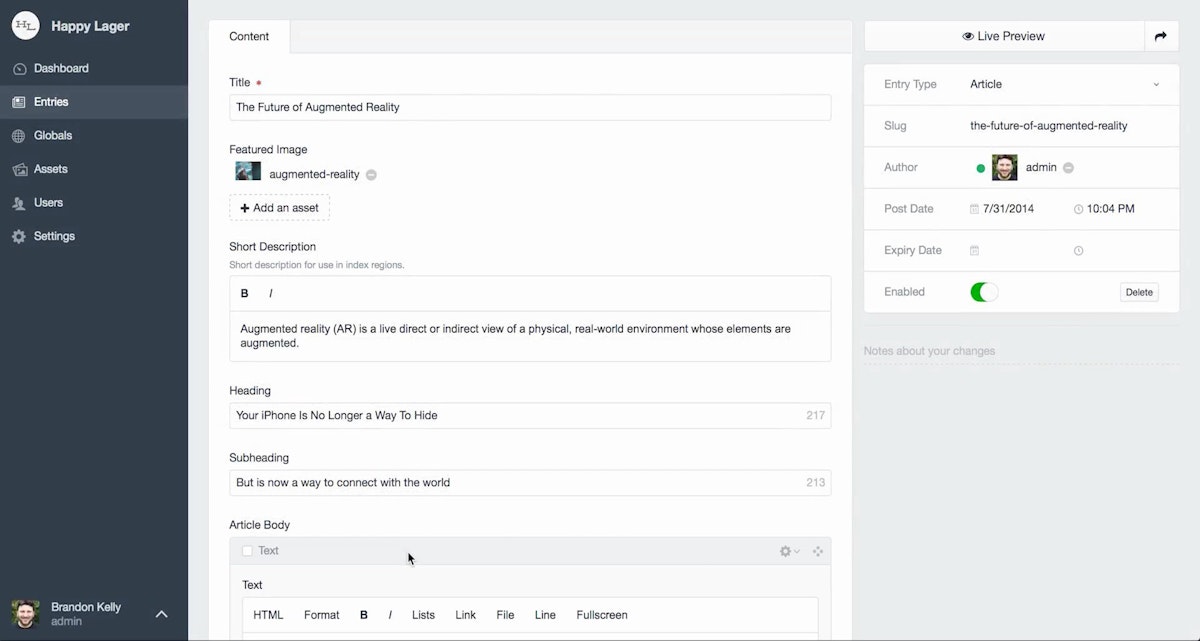5,165 reads
20 principles for Craft CMS

Too Long; Didn't Read
<em>Rules of thumb when making a website on the wonderful </em><a href="https://craftcms.com" target="_blank"><em>Craft </em><strong><em>C</em></strong><em>ontent </em><strong><em>M</em></strong><em>anagement </em><strong><em>S</em></strong><em>ystem</em></a><em>. Based on two years of developing Craft-based websites for clients.</em>JSON wrangler // Head of Support & Developer Relations, Sanity.io
About @kmelve
LEARN MORE ABOUT @KMELVE'S
EXPERTISE AND PLACE ON THE INTERNET.
EXPERTISE AND PLACE ON THE INTERNET.
L O A D I N G
. . . comments & more!
. . . comments & more!

